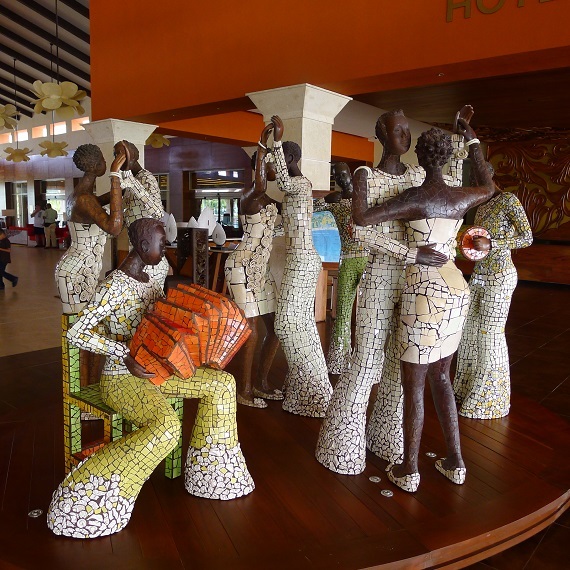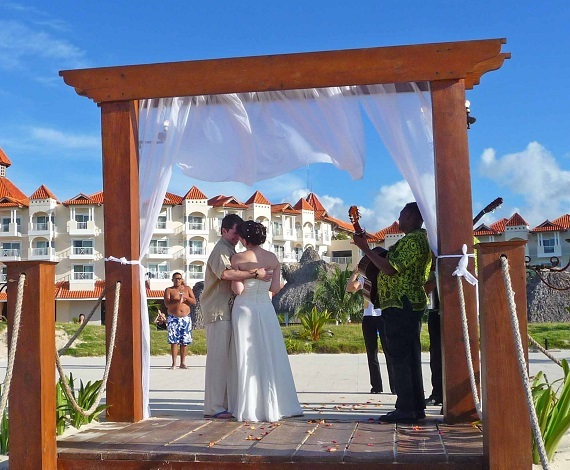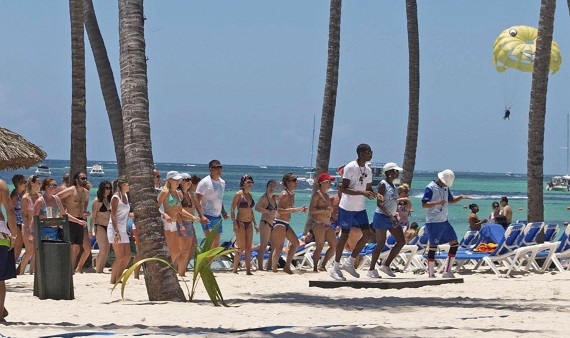You've booked a vacation in the Caribbean, and you just can't wait to flake out on the powdery beaches, splash around in the bluer-than-blue waters and dance the night away to the hip-shaking beat of reggae music. Chances are you'll do all this - but unless you're going to Jamaica, you might be shaking your body line to another kind of West Indian music.
"Most Americans think reggae is the only music we have," says Caribbean tour operator Jaime Capulli. "The fact is, just about all of our islands have their own music...the different beats are usually very peppy, but some are a long way from reggae."
In the Dominican Republic, for instance, the country's homegrown music is called merengue (mah-ren-gay). You'll hear it everywhere on the island. In the airport terminals... in the lobby of your hotel... around the pool... on the white sand beaches... in the discos. Even at weddings.
Some say the name was taken from meringue, a dessert topping made from whipped egg whites and sugar. PR man Leo Salazar jokes, "Maybe it got the name because merengue dancers look like a whirling egg-beater."
No one knows for sure where the music came from. A popular story traces its sensual beat and moves back to a brothel in the early 1800s, after the Dominican Republic (the D.R. for short) won its independence from Spain. After that, governments came and went over the years, and some banned the music, but people kept shaking their booties to the sexy rhythms - whether the governments liked it or not.
Influenced by the Spanish, African and local Taino Indian cultures, the music tells of the fun and tragedy of everyday life. It's usually played - among many variations - with instruments like a two-sided drum, an accordion, a maraca-like percussion instrument and nowadays often a guitar.
Merengue was always loved by the common people, but for many years it was ignored by the upper classes because it was said to lack "lyrical elegance." Translation: Well-off people didn't want to hear about the problems of not-well-off people.
That changed in 1930 when dictator Rafael Leonidas Trujillo became president of the country in a questionable election (in which he registered an improbable 95 percent of the votes).
Running on the theme of "Dios y Trujillo" (God and Trujillo), the ex-general used merengue as a musical backdrop to his election campaign, aimed at getting support from the masses. It worked, and at a party for the elite following his win merengue was the music of the day, thus making it officially acceptable from then on.
You can see the moves of merengue on You Tube. Also, check out the DVDs of the D.R.'s native superstar, Juan Luis Guerra.
Photos by Bob Schulman


